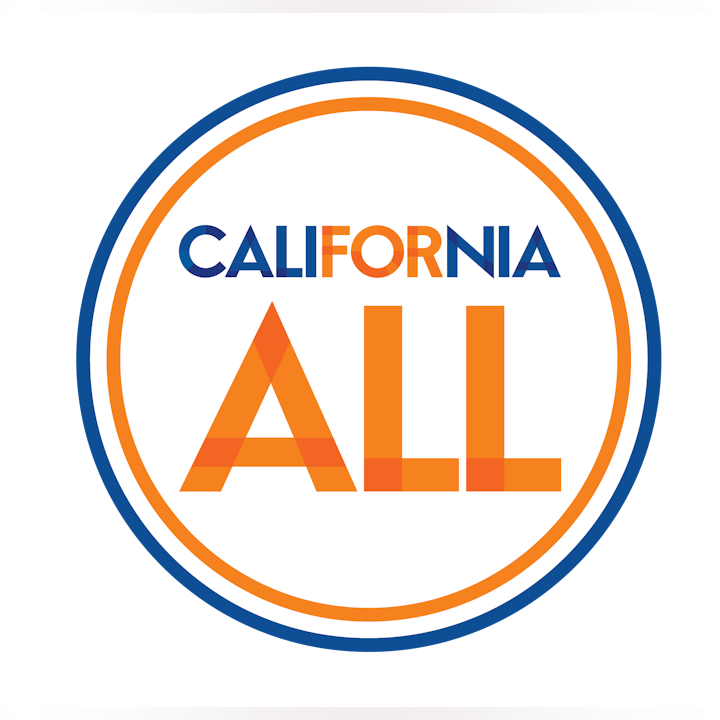Local Aging & Disability Action Plan: A blueprint for the future of your community
The Yuba-Sutter Local Aging and Disability Action Plan (LADAP) 2025–2030 is a five-year regional strategy to enhance quality of life for older adults, people with disabilities, caregivers, and residents of all ages in Yuba and Sutter counties. It promotes inclusive, livable, age- and disability-friendly communities and aligns with California’s Master Plan for Aging.
Developed with the Aging and Disability Resource Connection, Agency on Aging Area 4, and FREED Center for Independent Living, the plan was shaped by extensive community and partner input to ensure it reflects local priorities. It is supported by a detailed Implementation Playbook that outlines how the plan will be carried out. This structure ensures the plan remains both strategically grounded and adaptable over time.
Together, the Yuba-Sutter Action Plan and Implementation Playbook provide a shared path toward building more inclusive, supportive communities for people of all ages and abilities.
About the Action Plan
The Yuba-Sutter LADAP (Action Plan) provides a five-year strategic framework, outlining a shared Vision, Mission, and Values, and Bold Goals supported by priorities and initiatives. The priorities and initiatives represent high-level summaries of the Strategy themes and Objective themes developed in greater detail within the companion Implementation Playbook.
The Yuba-Sutter LADAP Action Plan is also available to read in Spanish and Hmong here:
- Plan de Acción para el Envejecimiento y la Discapacidad de los condados de Yuba y Sutter
- Phiaj Xwm Kev Nqis Tes Ua Rau Cov Neeg Laus thiab Cov Neeg Tsis Taus ntawm Cheeb Nroog Yuba thiab Sutter
About the Implementation Playbook
The LADAP Implementation Playbook is a separate living tool that turns the plan’s vision into action. It is designed to guide how the Goals, priorities, and initiatives outlined in the Action Plan will be carried out. The Playbook breaks down each Goal area in targeted Strategies, SMART Objectives (Specific, Measurable, Achievable, Relevant, and Time-bound), and Phased Activities with timelines and evaluation measures.
As a living document, the Playbook will be updated each year to reflect evolving priorities, new opportunities, and measurable outcomes.
How You Can Get Involved? Join an Action Team!
Sign up to join one of the goal-specific Action Teams starting in July 2025 by clicking any of the links below to email Program Manager, German Ayon. To keep the teams focused and effective , a short interest or application process may be included.









.jpg?ixlib=rb-1.1.0&or=0&w=720&h=720&fit=fill&fill=blur&auto=format%2Ccompress&s=3ddf81e1009eff4f7ad9726756d07eff)
.jpg?ixlib=rb-1.1.0&or=0&w=720&h=720&fit=fill&fill=blur&auto=format%2Ccompress&s=d97d58f577e2677c0528be71faa5596c)


